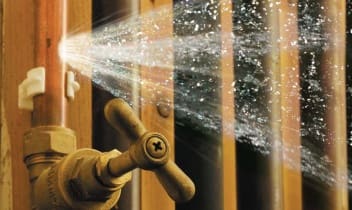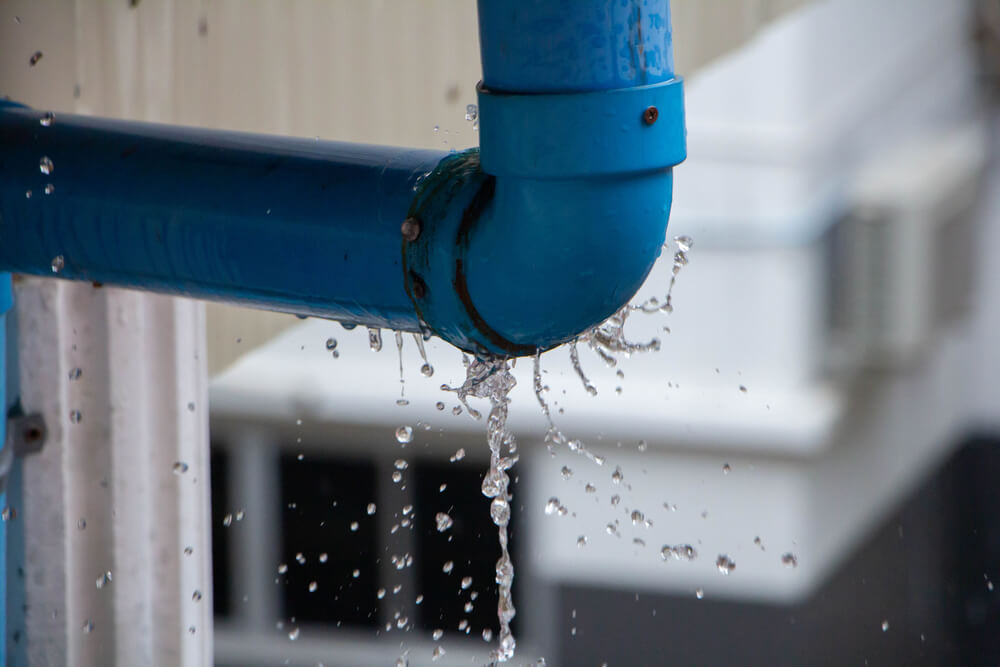Preventing a Burst Pipe: Tips for Protecting Your Plumbing During Winter
Preventing a Burst Pipe: Tips for Protecting Your Plumbing During Winter
Blog Article
Stopping Burst Pipeline: Necessary Tips to Protect Your Pipes
Avoiding ruptured pipelines is a crucial issue for homeowners, especially throughout colder months when the threat of cold is heightened. Carrying out calculated measures such as correct insulation, regular assessments, and keeping consistent indoor temperatures can substantially reduce the likelihood of pipe failure.
Understand Pipe Vulnerabilities
Comprehending pipe vulnerabilities is vital for effective pipes upkeep and avoiding costly damages. Numerous factors contribute to the sensitivity of pipes to bursts, including product composition, age, and environmental conditions. Older pipes, particularly those made from galvanized steel or polybutylene, typically break down gradually, leading to raised risk of ruptures and leaks.
Temperature fluctuations can also considerably effect pipe stability. In cooler environments, water trapped in pipelines can freeze, broadening and putting in pressure on the pipe wall surfaces, which may inevitably bring about a burst. Furthermore, high water pressure can strain pipes, specifically at bends and joints, enhancing the chance of failing.

Insulate Water Lines Correctly
Correct insulation of pipelines is crucial for protecting against freezing and subsequent bursts throughout cold weather condition (burst pipe). Protecting your pipes system efficiently safeguards versus temperature level goes down that can result in pricey damage. Begin by determining susceptible locations where pipelines are revealed to exterior temperature levels, such as cellars, attic rooms, and outside wall surfaces
Use foam pipeline insulation sleeves or cover insulation tape around these areas to offer a safety barrier. Guarantee that all areas of the pipelines, particularly those with minimal warmth direct exposure, obtain ample insulation. Pay unique interest to joints and installations, as these are a lot more prone to freezing.
When protecting, it's necessary to select materials that meet local building ordinance and are proper for the particular environment. Fiberglass insulation is frequently advised for its thermal resistance properties. Additionally, take into consideration utilizing heat cable televisions or tape in extreme conditions, which can be connected in to offer extra warm
On a regular basis examine insulated pipelines for any type of signs of wear or damages, as jeopardized insulation can diminish its performance. By taking these proactive actions, you substantially lower the threat of pipeline bursts, ensuring a reputable pipes system throughout the cold weather.
Maintain Consistent Temperature Level
A secure interior temperature level is crucial for protecting against burst pipes throughout the icy months. When temperatures decline, water within pipelines can freeze, increasing and producing stress that may eventually trigger the pipelines to burst.Making use of a programmable thermostat can assist manage interior temperatures successfully, guaranteeing that areas with pipes remain cozy even when the home is unoccupied.
In enhancement, it is sensible to enable faucets to leak slightly throughout extreme cold snaps. This minor flow of water can protect against cold by minimizing stress within the pipes. During particularly severe weather condition occasions, consider briefly putting on hold any kind of nighttime setbacks on your thermostat to keep a steady warm environment. By carrying out these strategies, house owners can dramatically lower the threat of pipe bursts and secure their plumbing systems against the extreme winter months components.
Frequently Examine Plumbing
Regular assessments of plumbing systems are critical for stopping burst pipelines and keeping general home integrity. Throughout these inspections, it is crucial to analyze noticeable pipes for indicators of corrosion, leakages, or use.
Furthermore, inspecting joints and links is crucial, as these factors are typically at risk to leaks. Home owners ought to likewise analyze water pressure degrees, as excessive pressure can strain the pipes Discover More system and increase more tips here the risk of pipe ruptureds.
Think about scheduling professional pipes inspections at least once a year, especially prior to winter season, to ensure your system is prepared for colder temperature levels. By being aggressive in your approach, you can guard your home versus the disruptive and pricey consequences of ruptured pipelines.
Know Emergency Procedures
Understanding emergency procedures is crucial for each house owner, particularly after conducting normal plumbing evaluations. Being prepared for a pipes emergency can significantly minimize damage and conserve expenses. Situate your main water shut-off shutoff; it is usually found near the water meter or where the major line enters your home. Familiarize on your own with its procedure, as shutting off the water supply swiftly can prevent substantial flooding.
Following, maintain necessary devices convenient. A plumbing emergency set ought to consist of a wrench, bettor, and towels, along with a flashlight and a container for tiny leakages. In addition, consider having the get in touch with details for a trusted plumbing technician conveniently available, must the scenario rise past your control.
If you spot a leak or burst pipe, promptly shut off the supply of water and inform your plumbing technician. In addition, document the damages with pictures for insurance policy functions. burst pipe. Recognize the indications of prospective pipes concerns, such as unusual water pressure fluctuations or damp spots on walls
Inevitably, aggressive expertise and quick action are important in managing plumbing emergency situations, guaranteeing your home stays protected and minimizing potential damages.

Verdict
To conclude, stopping burst pipes necessitates a multifaceted approach that consists of understanding pipeline vulnerabilities, appropriate insulation, preserving constant indoor temperature levels, routine evaluations, and understanding of emergency treatments. Find Out More By applying these essential strategies, the danger of plumbing failings can be significantly reduced, therefore making certain the durability and performance of the pipes system. Proactive measures not only guard against possible damage yet likewise contribute to general water conservation and the security of residential property.
In colder climates, water entraped in pipes can freeze, increasing and putting in pressure on the pipeline wall surfaces, which may eventually lead to a burst. When temperature levels decrease, water within pipelines can freeze, creating and broadening stress that may inevitably cause the pipelines to ruptured. By carrying out these techniques, home owners can considerably lower the risk of pipeline ruptureds and protect their pipes systems against the rough winter season components.

Report this page